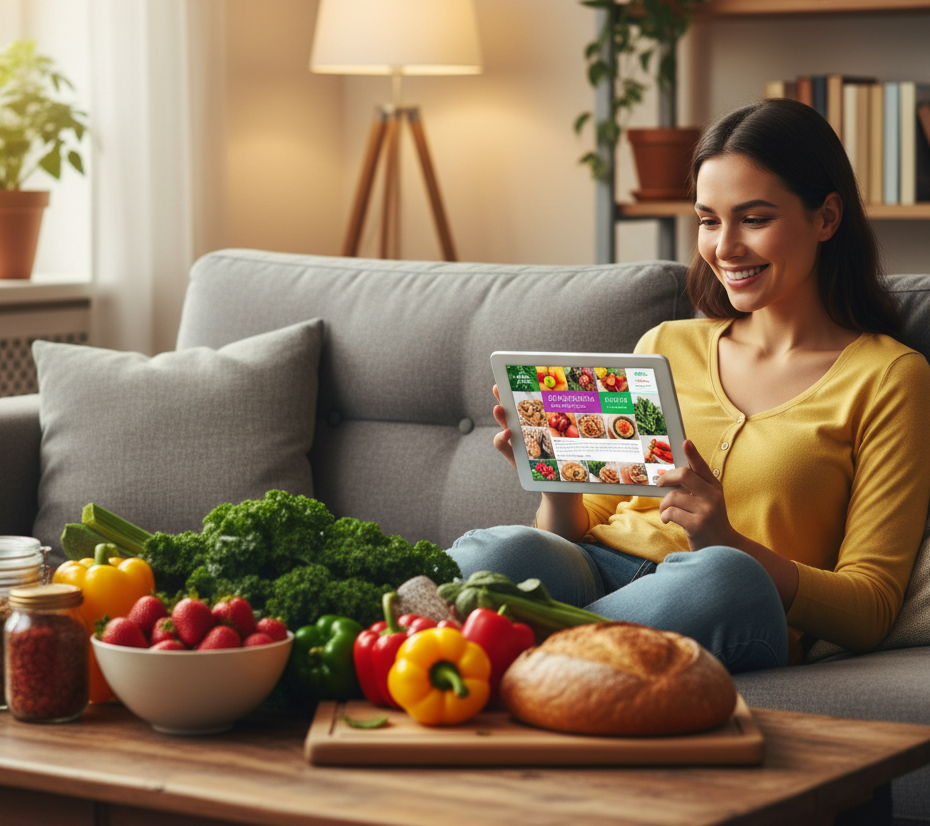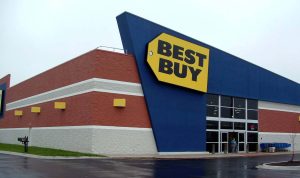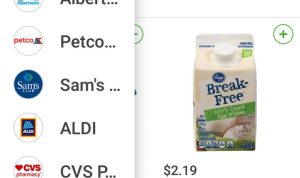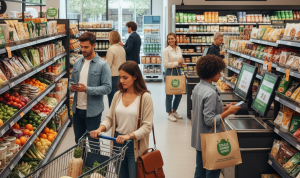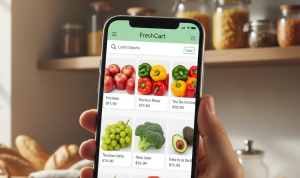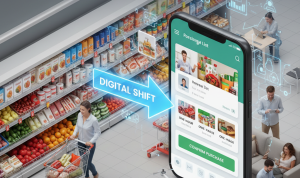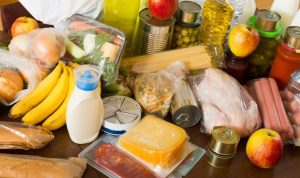In an era where almost every aspect of our lives has been digitized, it’s no surprise that the way we buy our food has undergone a dramatic transformation. The traditional trip to the supermarket, with its long checkout lines and crowded aisles, is slowly but surely being complemented, and in some cases, replaced, by the seamless experience of online groceries and food transactions. This isn’t just about convenience; it’s a fundamental shift in how we access, purchase, and think about what we eat. From the weekly family shop to a spontaneous craving for a late-night snack, the digital pantry is now open 24/7.
The Rise of the Online Grocery Store
Remember a time when ordering food online meant just pizza or Chinese takeout? Today, the options are limitless. You can get everything from farm-fresh produce and artisanal cheeses to household staples and exotic spices delivered directly to your door. This expansion is driven by a combination of consumer demand and technological innovation. Busy lifestyles, the desire for more personalized experiences, and the sheer accessibility of smartphones have made online grocery shopping a global phenomenon.
Convenience is King: The most significant driver of this trend is undoubtedly convenience. Imagine building your shopping list throughout the week, adding items to your virtual cart as you run out of them. There’s no need to fight for a parking spot, no more pushing a heavy cart through crowded aisles, and no more impulse buys at the checkout counter. With a few taps on your phone or clicks on your computer, your entire week’s worth of groceries can be sorted. This time-saving benefit is particularly valuable for parents, working professionals, and those with mobility challenges.
A World of Choice at Your Fingertips: Online platforms aren’t just replicating the supermarket; they are expanding it. You can access a wider variety of products than your local store might carry. Want organic, gluten-free pasta? A specific type of imported olive oil? Online retailers, with their vast warehouses and extensive networks of suppliers, can offer an almost endless selection. Many platforms also connect you directly with local farmers and small businesses, allowing you to support your community while getting the freshest ingredients.
The Mechanics of a Smooth Transaction
So, how do these digital transactions work so seamlessly? It’s a complex, well-oiled machine operating behind the scenes.
Intuitive User Experience: The first step is the design of the website or app itself. A good platform is easy to navigate, with clear categories, powerful search filters, and high-quality photos of the products. Recommendations based on your past purchases or preferences make the experience even more personalized, helping you discover new items or remember to re-order your favorites.
Secure Payment Gateways: Trust is paramount in any financial transaction. Online grocery platforms use secure payment gateways that encrypt your information, protecting your credit card details and personal data. Options range from credit and debit cards to digital wallets like PayPal, Apple Pay, and Google Pay. The security and ease of these payment methods have made consumers more confident in making online purchases.
Sophisticated Logistics and Delivery: Once you’ve placed your order, the real magic happens. Logistics is the backbone of the entire operation. Companies use sophisticated software to manage inventory, pick and pack your order efficiently, and plan the most optimal delivery routes. This ensures your food arrives fresh and on time. Delivery models vary, from scheduled slots that you choose to hyper-fast, on-demand services for those urgent needs. Some companies even use temperature-controlled packaging to ensure items like ice cream or frozen foods arrive perfectly.
Beyond Groceries: The Wider Food Economy
The digital revolution in food isn’t limited to just uncooked ingredients. It has also fundamentally changed the way we order prepared food. The rise of food delivery apps like Uber Eats, DoorDash, and Grubhub has transformed the restaurant industry.
Restaurant to Your Door: These platforms allow you to browse menus from a vast network of local restaurants, place an order with a few taps, and track its journey to your home in real-time. This has opened up new revenue streams for restaurants and provided consumers with an unparalleled level of convenience and choice. You can now get gourmet meals, comfort food, or a healthy salad delivered to your doorstep, rain or shine.
Meal Kit Services: For those who love to cook but hate the planning, meal kit services have become a popular middle ground. Companies like HelloFresh and Blue Apron deliver pre-portioned ingredients and step-by-step recipes directly to you. This cuts down on food waste, saves time on meal planning, and encourages people to try new dishes. It’s a transaction that combines the best of both worlds: the convenience of delivery with the satisfaction of a home-cooked meal.
Challenges and the Future of Food Transactions
While the benefits are clear, the digital food economy isn’t without its challenges. Food quality and freshness are top concerns for many consumers. How do you know the avocados will be ripe and not bruised? Companies are addressing this by implementing strict quality control checks and offering easy refund or replacement policies. Another challenge is the environmental impact of packaging and delivery vehicles. Many companies are now investing in sustainable packaging and electric delivery fleets to mitigate their carbon footprint.
Looking ahead, the future of food transactions is even more exciting. We’ll likely see the integration of AI and machine learning to create hyper-personalized shopping experiences, predicting your needs before you even realize them. Drones and autonomous vehicles could one day make deliveries even faster and more efficient. The digital pantry is not just a trend; it’s the new standard, and it’s set to make our lives easier, our food choices more diverse, and our kitchens more connected than ever before. The future of food is here, and it’s just a click away.

